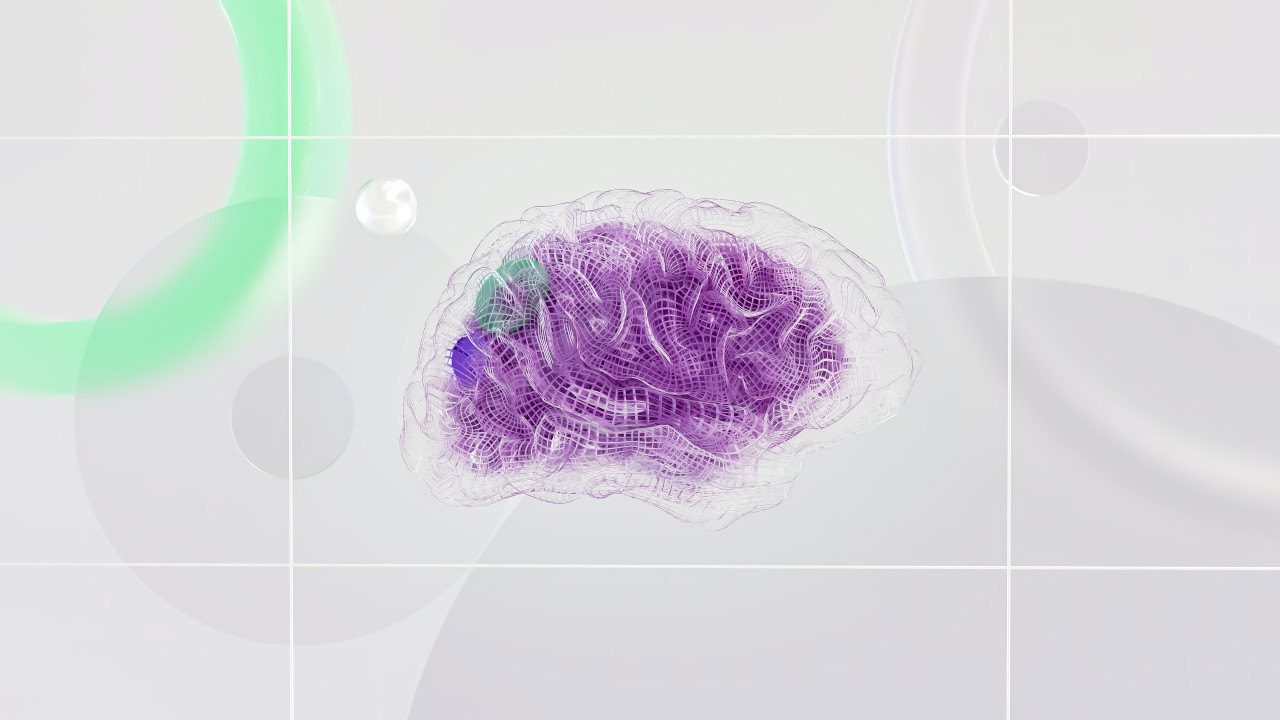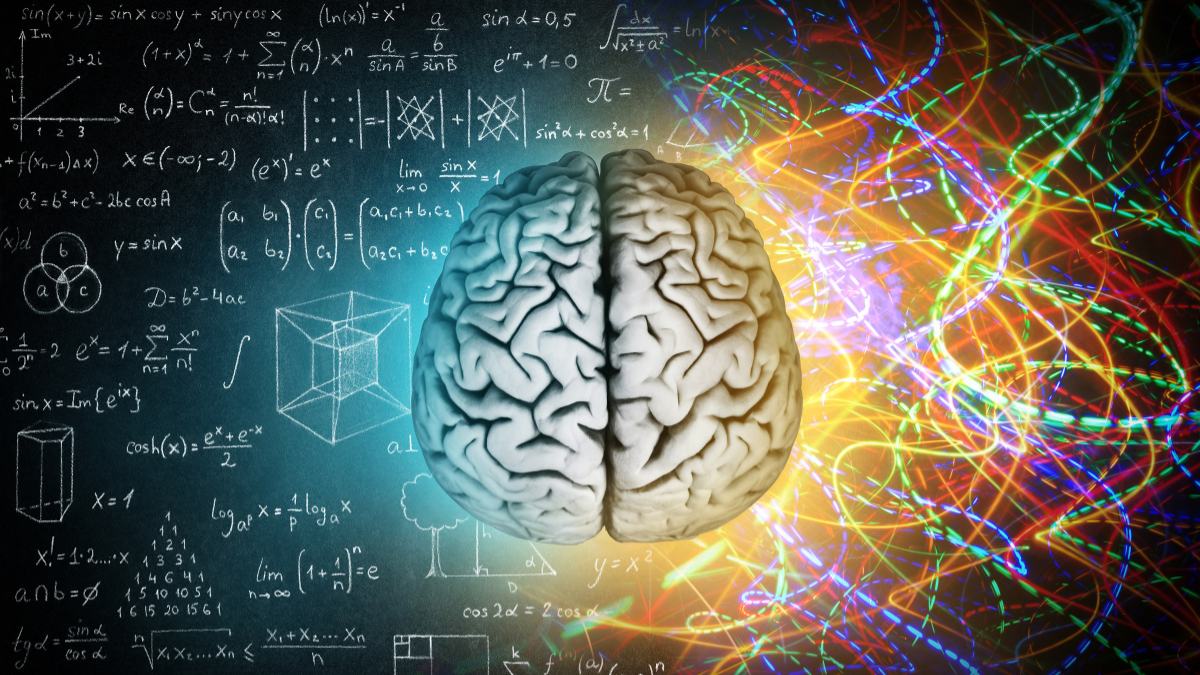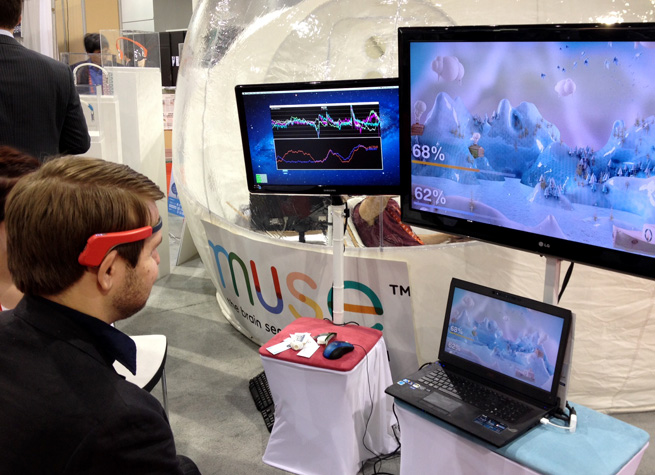Human cognition is continually under the influence of technological innovation. One of the more recent developments in this sphere is neurofeedback, an exciting subset of biofeedback.
Neurofeedback devices connect your brain activity with digital technology capable of decoding it, creating a seamless loop of monitoring, analysis, and feedback.
This can help you understand what your brain is doing and link that activity with your inner experience, but with home neurofeedback training, it also offers you the chance to alter your brain activity.
How Neurofeedback Training Works
Neurofeedback devices translate the intricate symphony of signals generated by your brain into a digital signal that can be displayed in real-time on a screen for your interpretation.
The devices are embedded with sensors that record brainwave patterns, usually with electroencephalography (EEG). The sensors record the activity of an area of the brain, the collective activity of millions of neurons.
Usually, the activity will be displayed as a line that jumps about like those you find for sound waves, heart monitors, or seismographs.
Among the somewhat chaotic-looking peaks and valleys, you’ll often find a baseline or fundamental frequency, a signal in the noise that reflects the general state of your mind.
That signal (measured in Hz, or cycles-per-second) can scale from the low delta waves (0.5 – 4 Hz) when you are in a deep sleep, all the way up to gamma waves (30 – 100 Hz) suggestive of intense mental effort and attention.
Some devices will display the detailed waves of activity while others will go straight to the underlying frequency or some other summary. Either way, the goal of neurofeedback is to take that signal and shift it towards an ideal state.
The Key Benefits of Neurofeedback
Based on the feedback you’re getting, you can employ different mental exercises or techniques to encourage desirable brainwave patterns.
From assisting in the management of ADHD and anxiety to enhancing cognitive performance and facilitating meditation, neurofeedback devices have a wide spectrum of applications.
A number of studies have highlighted the potential of neurofeedback to help alleviate cognitive disorders.
It’s shown significant strength in helping those on the Autism spectrum, as a treatment for anxiety and depression, and boosting memory in those with mild cognitive impairment.
With regard to enhanced cognitive performance in healthy individuals, studies have shown that neurofeedback can help improve mood, memory, and attention. There is also some evidence that it could help in sports, art, and cognitive performance.
With training, neurofeedback will put you in greater control over your mental state, so that you’ll experience the benefits of better memory, attention, and control, long after you’ve taken the device off.
10 Home Neurofeedback Devices Compared
Affiliate disclosure: This post contains affiliate links, which means we get a small commission if you purchase. There is no cost to you and in some cases you get a discount. Thank you for your support.
Clinical neurofeedback systems used by healthcare professionals offer more comprehensive treatment and expertise, however, there are a growing number of home neurofeedback devices designed for personal use, and that can also provide general wellness benefits and basic brain training.
Here’s the current range of the best home neurofeedback devices:
1. Muse
The best option for neurofeedback meditation, stress reduction and relaxation.

Muse is a comfortable headband designed for neurofeedback training at home. It features EEG sensors to record brain activity, but also measures heart and breathing rate to give you a more complete analysis.
It’s designed to help you meditate by providing audio feedback, playing sounds of nice peaceful weather when you’re calm, and stormy weather when you lose focus. It can also be worn as you sleep to measure your sleeping patterns.
It connects to your smartphone where using their app you can find a detailed analysis of your brainwaves. You can also unlock over 500 guided meditations with a premium subscription.
To help you on your meditative journey, the headband Muse can also integrate with the Myndlyft platform, which includes an extra electrode and calls with a professional neurofeedback coach for more personalized care. You can start with the Muse and upgrade down the line if you want more systematic training.
Pros:
✅ Muse helps you meditate with brainwave-enhanced audio meditation sessions
✅ They have the best app and guided meditations library for the device
✅ The Muse S is the most comfortable wearable meditation headband
Cons:
❌ Muse 2 is a little clunky and needs to be occasionally wiped down to get a reliable connection
❌ Some head movements such as yawning or sudden turning of the head can loosen the sensors
Pricing: The more comfortable Muse S with advanced sleep tracking is $399 (Save 20%) and the Muse 2 is $249 (Save 20%). The full subscription to unlock all the meditations in the app is $50 per year.
2. BrainTap
The best option for the variety of brainwave entrainment tracks along with light therapy.
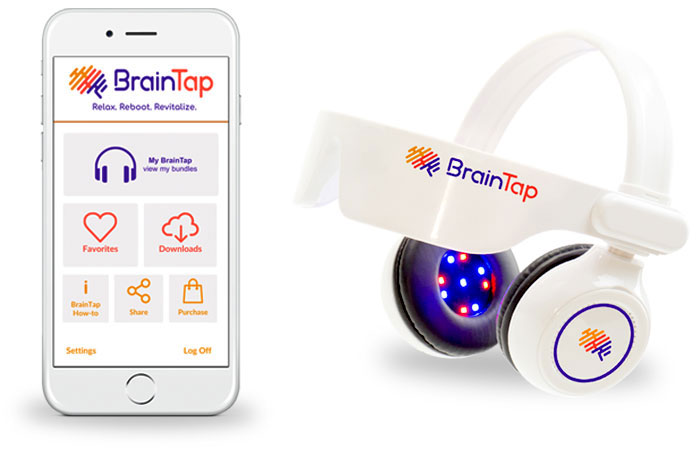
The BrainTap headset is designed to be an immersive experience, with headphones for surround sound and an LED visor for pulsing visualizations. It’s aimed at helping everything from insomnia to stress and weight loss.
The multimodal approach means you can couple neurofeedback with brainwave entrainment, which is a special method of getting your brainwaves to synchronize with an external stimulus.
In BrainTap’s case, you can use light therapy and binaural beats or isochronic tones of different frequencies, which generate similar patterns of brainwaves.
You can use the app via Bluetooth with regular headphones if you don’t want to splash out for the BrainTap headset, but you will miss out on the added impact of the visual therapy.
✅ Access to our library of over 2,000 brainwave entrainment sessions + new content monthly
✅ They have a well-designed app with excellent reviews averaging 4.8 in the App Store
✅ Great for reducing stress, insomnia and improving ability to focus
Cons:
❌ The headset has a flimsy plastic build quality despite its higher price tag
❌ Regular price for a subscription is $29.99/month ($260 if paid yearly) for full use of the device
Pricing: $797 for only the device and $907 for the device with a one-year subscription
3. Neurosity Crown
The best option for neurohackers interested in brain computer interfacing.
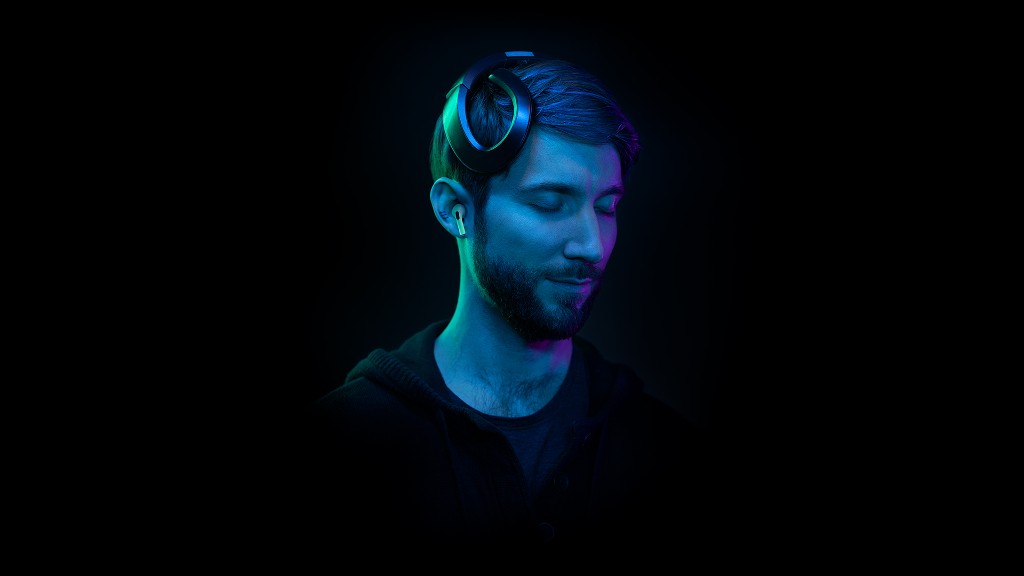
Neurosity Crown is a sleek black headset that comes with 8 sensors to pick up on your brain’s electrical signals, as well as 2 haptic motors and an accelerometer for motion detection.
It’s specifically aimed at increasing your productivity and focus, which it does with the help of custom music. By increasing gamma brainwaves it shifts you into a state of flow faster—claiming that the average time shrinks from 25+ minutes to 5.
Neurosity also has an app to keep track of your brainwave activity and offer insights like a ‘focus score’. The device also has an onboard processor and storage to help analyze data quickly.
You can integrate the Crown with Divergence, a neurofeedback training project that can offer more personalized programs and a professional coach.
✅ The hardware is very advanced with excellent 8 sensors for home neurofeedback device
✅ Their AI-guided NeuroAdaptive meditation technology offers a lot of promise
✅ The most impressive Software Development Kit (SDK) for aspiring neurohackers
Cons:
❌ The price tag is very high, the technology is great but it doesn’t offer much functionality
❌ It isn’t very comfortable to wear for long periods and it is tricky getting all 8 sensors working
❌ Their app has barely any reviews and not nearly as much functionality as competitors
Pricing: $899 to buy the device. They used to offer $99 monthly rentals on a subscription but that’s no longer being offered.
4. BrainBit
The best option for software developers who want to customize the user experience.

BrainBit offers both a full headset named ‘Flex’ and a headband, each with 4 EEG sensors to record activity from the brain regions above each ear and at the back of the head.
Like Muse, the headband is comfortable enough that can be worn as you sleep, but is also designed to help with meditation and focus for daytime activities like esports.
Where BrainBit really distinguishes itself is the versatility of the device and platform.
For starters, they offer white labelling, meaning you can repackage the devices under your own brand and become an entrepreneur in the neurofeedback business yourself.
But they also offer several toolkits for software developers who want to build their own applications with the raw EEG data.
As with the Neurosity Crown, you can integrate BrainBit with the Divergence platform to take the analysis and personalized treatment to the next level.
✅ The upgraded Brainbit Flex offers a good neurofeedback solution for the home
✅ They offer a number of different headbands for different price points
Cons:
❌ Their app has limited functionality and mediocre reviews on the App Store
❌ They lack the extensive guided meditation and music library of the Muse
Pricing: The headband with the software development kit costs $499 and the more advancd Flex headset costs $750.
5. Sens.ai
The best option for advanced neurofeedback training like you’d do in a professional clinic.
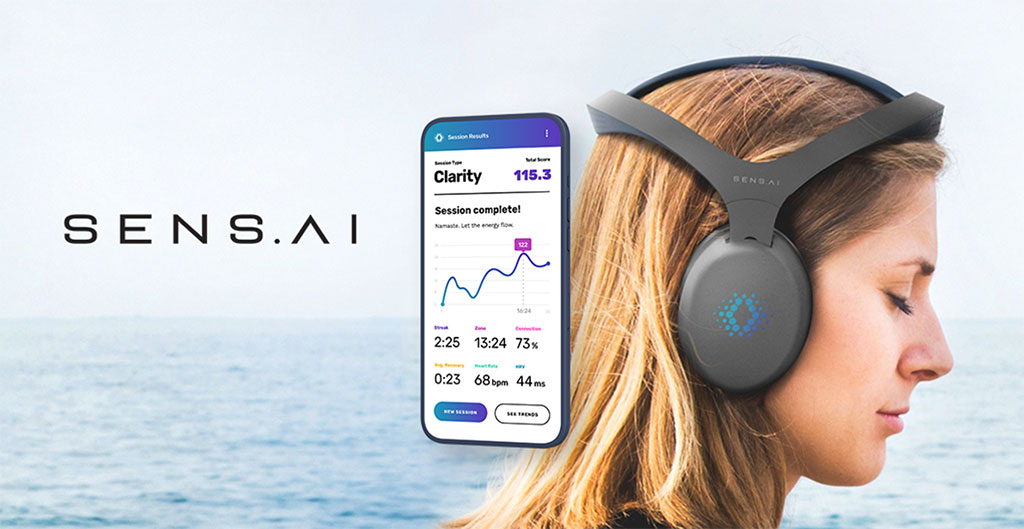
Sens.ai is looking to become one of the best devices for neurofeedback training at home. It will measure both your brainwaves and your heart rate for more comprehensive feedback.
It will measure everything from how long you spend in a flow state, how coherent your brain and heart are, and the phase relationship between the front and back areas of your brain.
You can engage in two different types of training sessions—stand-alone 20-minute programs, or missions that offer a more personalized, structured course that takes around 8 – 12 weeks to complete.
The sessions involve both audio and light components that adapt to your brainwaves and heart rate to help guide your mind towards an ideal state.
Pros:
✅ The most advanced clinical-grade neurofeedback at a reasonable price
✅ Innovative photobiomodulation system using light therapy and audio cues
✅ Beautifully designed and the integrating training in the app looks great
Cons:
❌ A steep price tag but still much cheaper than clinical neurofeedback
❌ After many delays post-crowdfunding, it been out for less than a year
Pricing: At $1,500 it is one of the most expensive devices on the list but it is still much cheaper and more convenient than training at a professional neurofeedback clinic.
6. Flowtime
The best option for those who are budget conscious and want to get started with neurofeedback.

Flowtime is a lightweight headband designed mainly to be used during meditation. It’s a more affordable version of Muse and has improved with the release of the second generation.
The headband is installed with two brainwave sensors as well as heart rate monitors, which can measure your heart rate variability, attention, relaxation, stress, time in a flow state, and breath coherence.
The app offers over 110 beginner-friendly lessons to help users understand the basics of meditation, as well as both guided and unguided meditations. You can also listen to your own meditations or music while Flowtime records data.
If you sign up for a subscription you’ll get even more premium guided meditations, though this isn’t required as you can use the headband with your own audio.
Pros:
✅ Slightly cheaper and similar design to the Muse 2 headband
✅ Get useful reports about your brainwaves and HRV for each session
✅ Track your improvements over time
Cons:
❌ Also a little clunky, sensors are finicky and need to be wiped down on occasion
❌ Less guided audio meditations and neurofeedback training in the app than Muse
Pricing: $188 will get you the device and a 3-month gift card to be applied towards membership. After that the membership costs $99 per year.
7. Mendi
The best option for brain training using fun and interactive games.
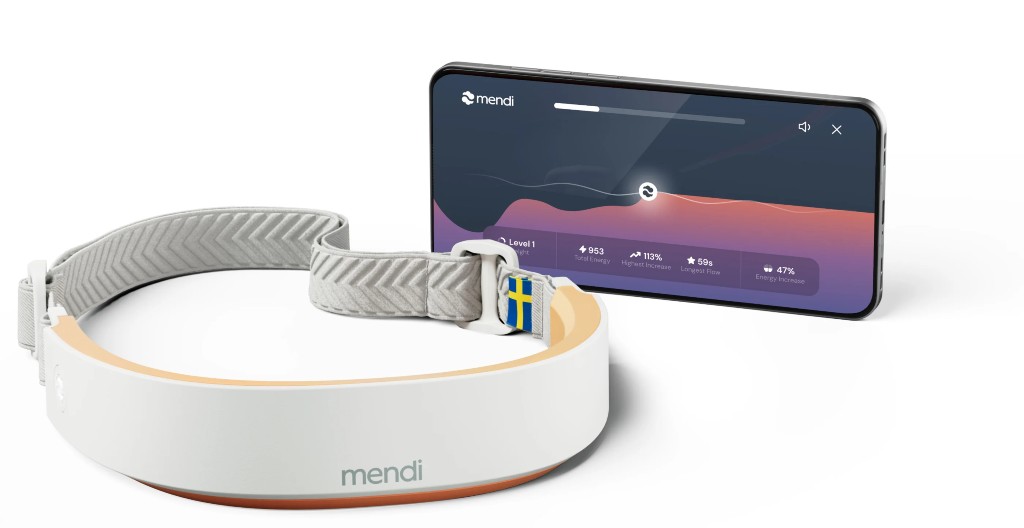
Stockholm-based Mendi was crowd-funded through Indiegogo and Kickstarter, and like Muse and BrainBit, it’s a comfy headband. Where Mendi sets itself apart is in how it measures your brainwave activity.
Rather than EEG sensors, Mendi uses optical sensors with their own proprietary technology called fNIRS (functional near-infrared spectroscopy), which detects changes in blood flow and oxygenation using near-infrared light.
The sensors pick up the activity in your prefrontal cortex, the area just behind your forehead. You use that activity to play games on the Mendi app, controlling the movement and trajectory of a ball on the screen.
Pros:
✅ The fNRIS technology tracking blood flow is helpful for improving focus
✅ Their app is excellent with great reviews and lots of interactive games to play
Cons:
❌ There are limited scientific evidence of the benefits of their fNIRS technology
❌ There isn’t a lot of variety of games and functionality in the app
Pricing: The device costs $299, making it one of the more affordable options.
8. NeurOptimal
The best option for those who want the dynamical neurofeedback system offered by this device.
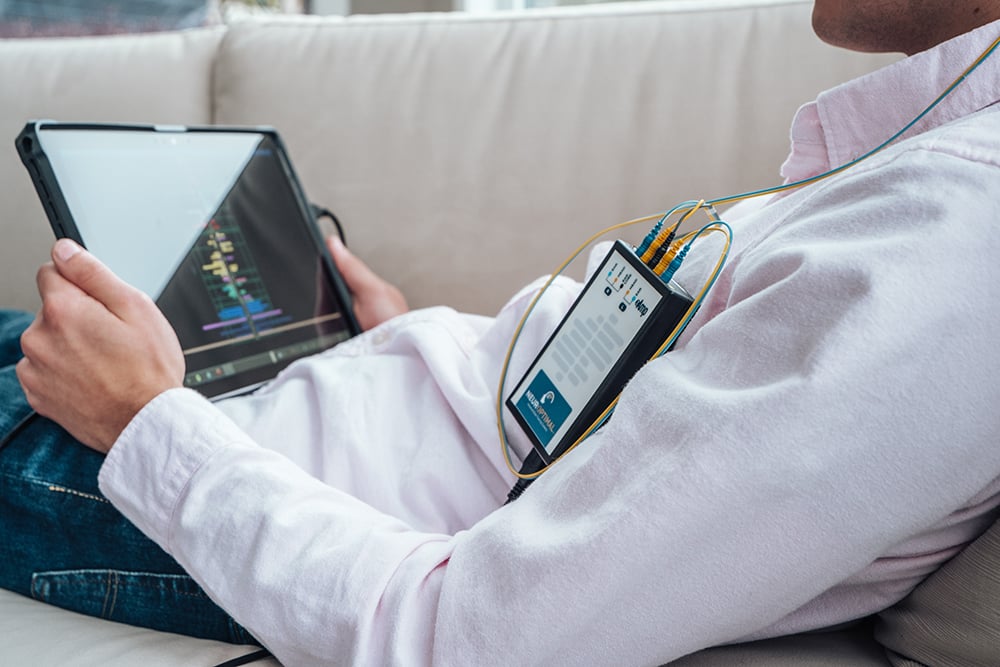
NeurOptimal is a full system, including either a laptop or tablet, sensors, earbuds, a paste for applying the sensors, a flash drive or Micro SD card, and a few cables among other things.
It’s not just a ‘home neurofeedback device’, it essentially turns your office space into a clinic. While the gear is more clunky than the other headsets and requires applying a gel, you get a medical-grade system.
During a NeurOptimal session you wear clips on your ears and two sensors on your head, as you watch a movie or listen to music. When your brain activity displays an “instability”, the movie or music will briefly pause, cueing your brain to adjust.
Pros:
✅ One of the most advanced devices with great sensors for home neurofeedback training
✅ You can get additional support from a NeurOptimal practitioner who guides you
✅ While it is much more powerful than other devices, there are also higher risks involved
Cons:
❌ You usually have to work with an expensive NeurOptimal practitioner (similar to network marketing)
❌ The technology feels dated and not nearly as polished as other much cheaper devices
Pricing: This a very expensive option—the tablet bundle starts at $7,495, while the laptop bundle costs $10,495. They include 3 months membership, but after that membership costs $89 per month or $995 a year.
9. FocusCalm
The best mental training option for golfers and other athletes.

FocusCalm is another headband, which was developed by Harvard’s Innovation Lab by a team of engineers and neuroscientists. It’s aimed at athletes and those looking to stay calm under pressure.
Through a selection of games and guided meditations, you’ll practice controlling your mind and attention, while the headband records your brain activity through EEG sensors and gives you a score representative of your calmness.
Pros:
✅ Great for athletes. Reportedly used by MLB, NFL, NBA, NHL, NCAA and Olympics
✅ Their app includes helpful games that help you manage stress and improve mental skills
Cons:
❌ Similar to the Muse which offers a much better app, guided meditation and music library
❌ The app has very few reviews on the App Store but overall looks promising
Pricing: At $250, this is one of the more affordable devices, but you’ll need to grab a lifetime membership for $150, making the final price $400.
10. Enophones
The best option for knowledge workers who want to improve their productivity at work.
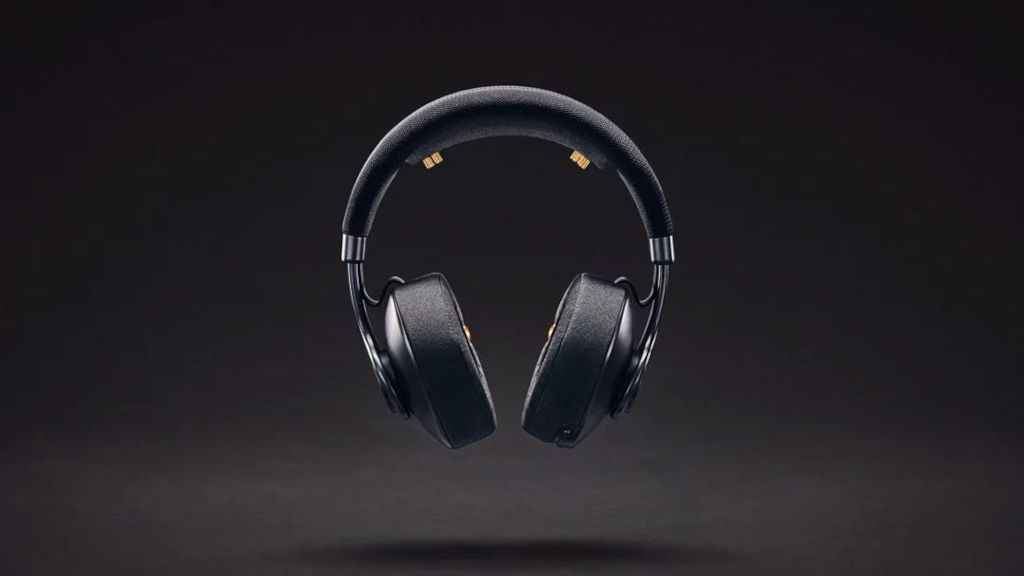
This mental fitness tracker allows you to track your brain waves while you work. It uses neurofeedback technology to help improve your focus and productivity with brainwave entrainment music.
The Enophones combine 4 EEG sensors built into premium ANC noise cancelling headphones. They have enough battery life for full day and are comfortable enough to wear for long periods of time.
Their new app allows you to choose different modes such as focus, flow, energy, calm, wind down and sleep that use brainwave entrainment frequencies as well as a tracking only mode where you can track your brain waves while you listen to Spotify or Apple Music.
✅ Premium active noise cancelling (ANC) headphones with sound by Onkyo
✅ Comfortable and easy to wear for long periods of time spent at work
✅ Integration of brainwave entrainment music in the new iPhone app (no Android yet)
Cons:
❌ Over 7 years since the original Kickstarter campaign and still haven’t lived up to their promise
❌ The new iPhone app has just been released and they are no longer supporting the desktop productivity tracker
Pricing: $399 for the Enophones headphones
What Does Your Brain Say?
In the emerging landscape of home neurofeedback devices, the products covered here offer the potential to understand and regulate your mental states, manage stress, enhance focus, and improve your overall well-being.
As with any new technology, there’s a learning curve involved, and the effectiveness of these tools will depend on your consistency and commitment—they will need to become a habit to get the best results.
Looking towards the future, the growth and innovation in this field is on an upward trend. We’re likely to see new devices that can peer further into the brain, offer deeper analyses of the activity, and do even more for our mental health, wellness, and cognitive performance.

